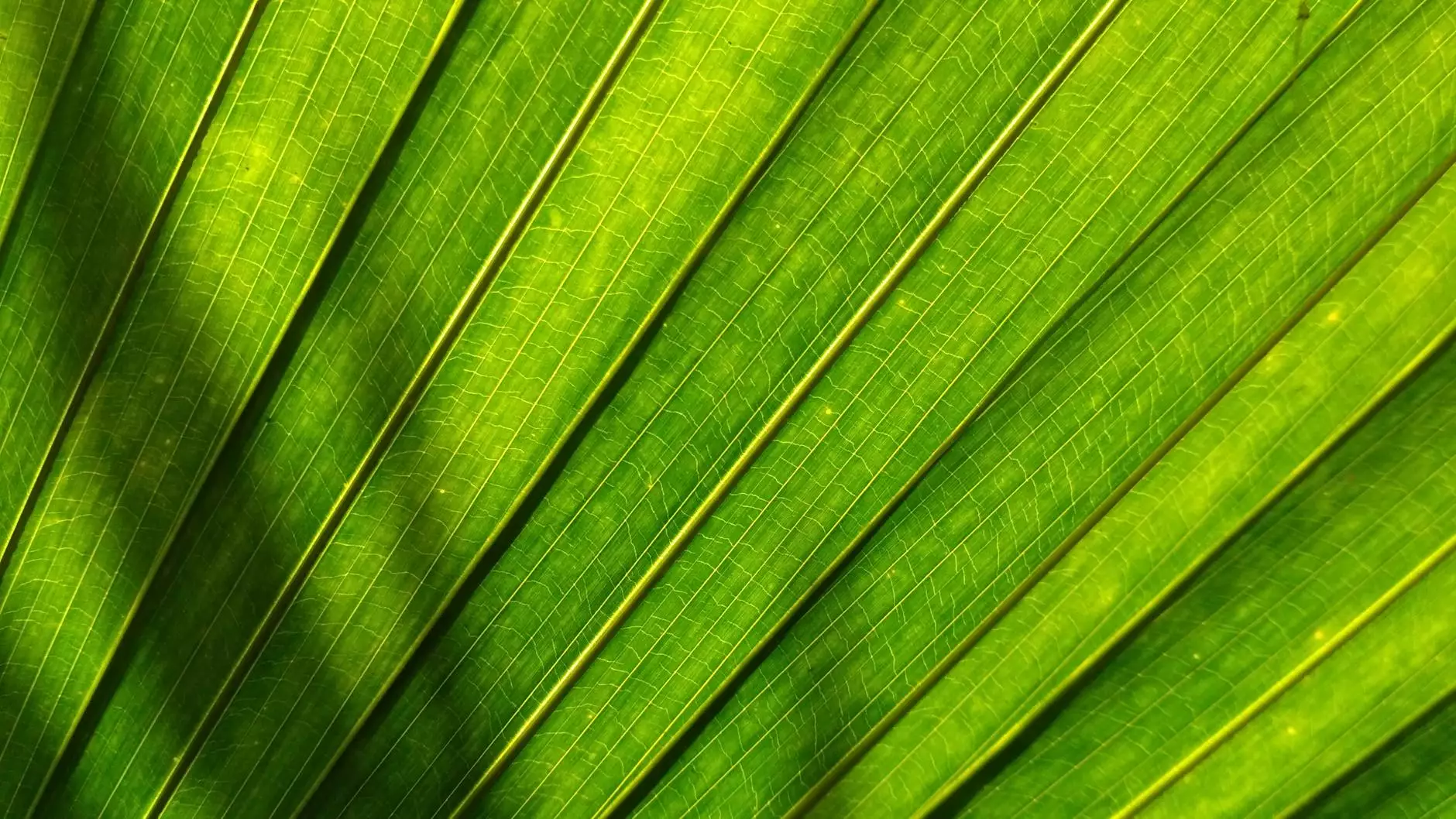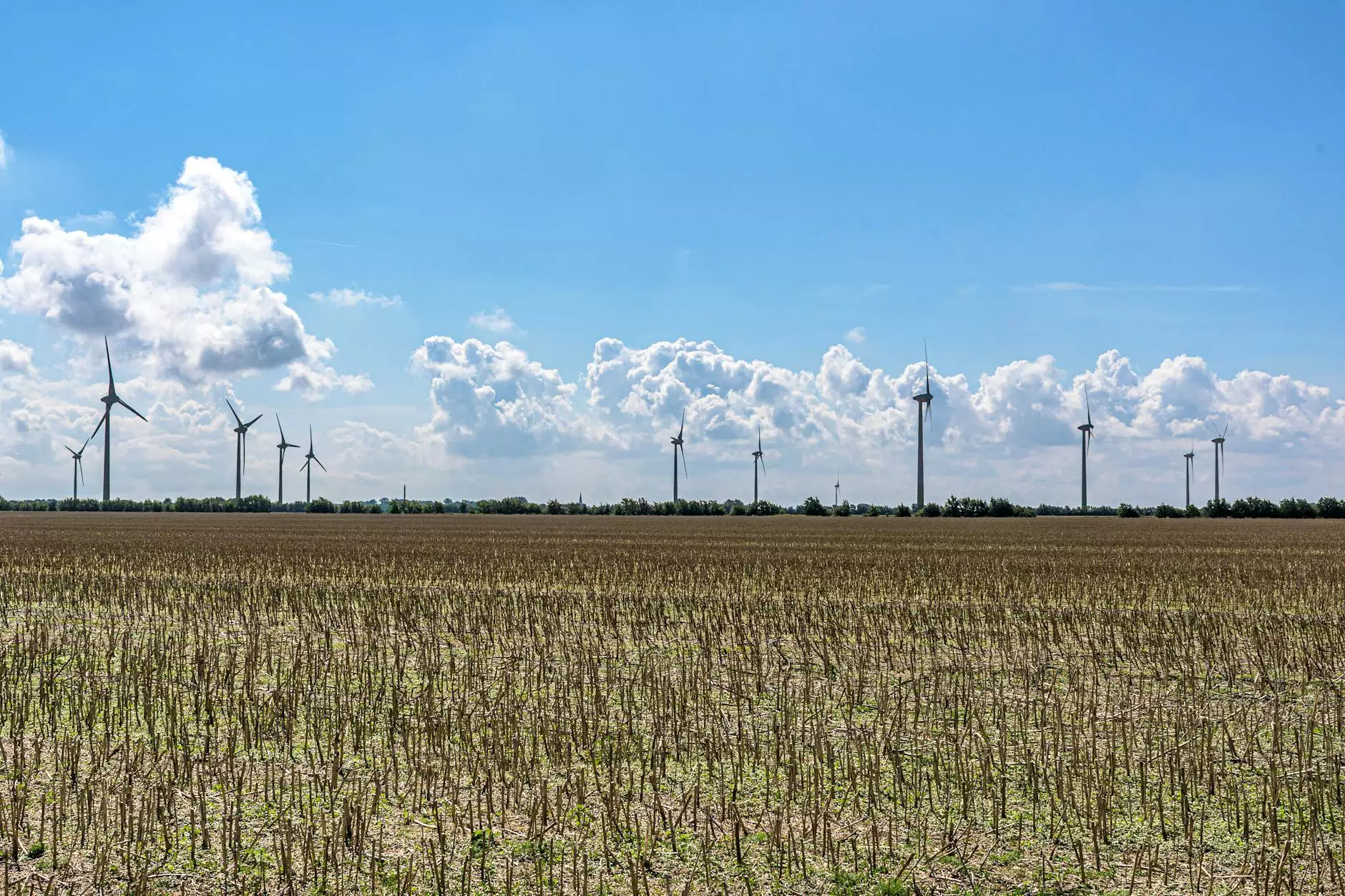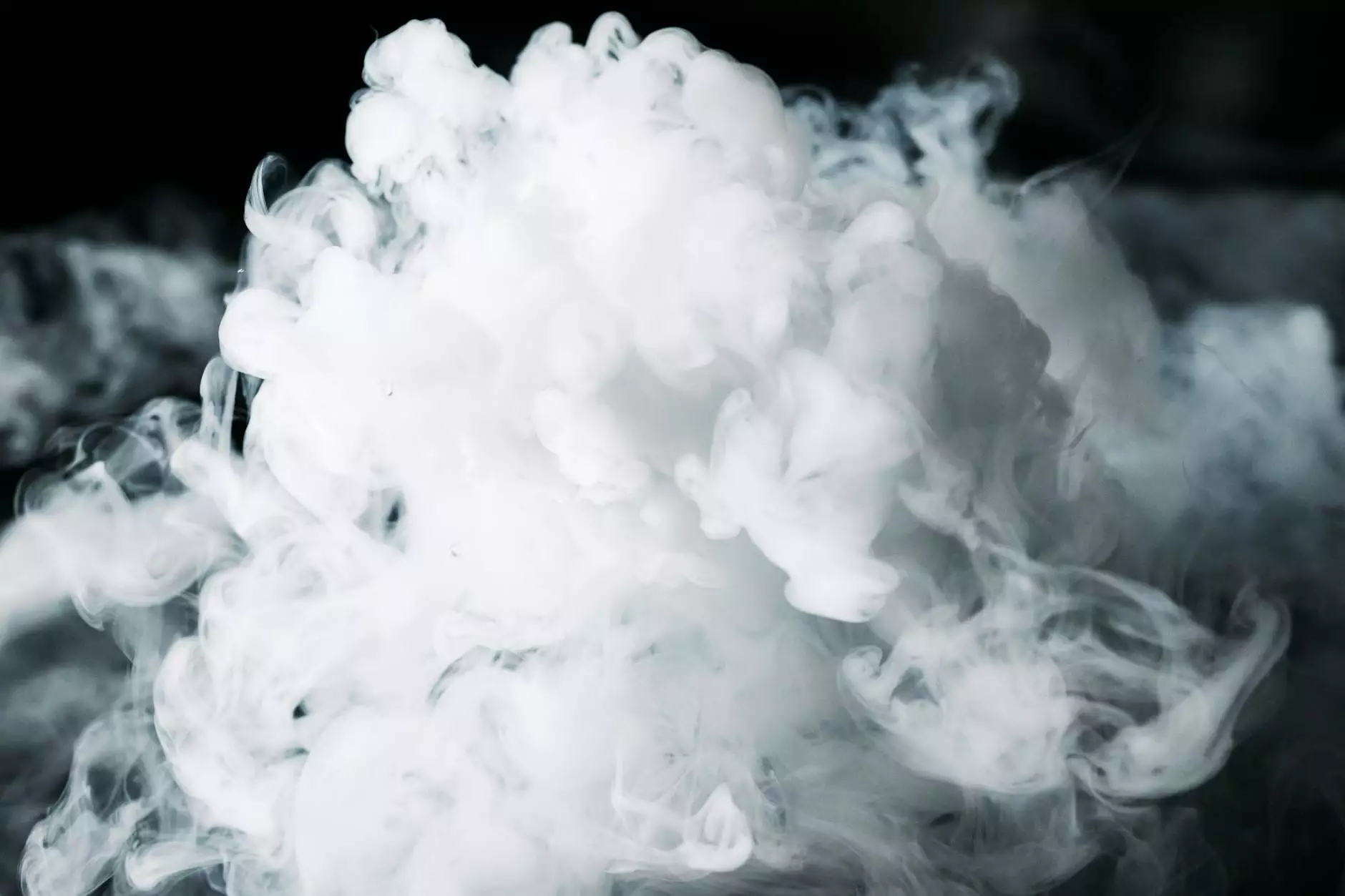Understanding Dark Veins on Feet

Dark veins on feet can be a common concern for many individuals, often leading to questions about their causes, potential health implications, and available treatment options. In this comprehensive article, we will delve into the various factors contributing to the visibility of dark veins and offer insights into how to manage and treat this condition effectively.
What Are Dark Veins on Feet?
Dark veins on feet typically refer to the visibility of veins beneath the skin's surface, which may appear bluish or dark in color. While this is often a cosmetic concern, it can also indicate underlying health issues. It is crucial to understand the normal anatomy of veins and how changes in their appearance can reflect one’s overall vascular health.
Why Are My Veins Turning Dark?
The appearance of darker veins can stem from several factors:
- Genetic Predisposition: Family history plays a significant role in vein visibility. If your relatives have varicose veins or spider veins, you might be at a higher risk.
- Age: As we age, our skin loses elasticity, and the walls of the veins can weaken, causing them to become more prominent.
- Hormonal Changes: Hormones can affect vein structure, particularly during pregnancy or menopause, leading to darkening of veins.
- Weight Gain: Excess body weight puts additional pressure on the veins, leading them to bulge out more prominently.
- Sitting or Standing for Long Periods: Occupations that require prolonged sitting or standing can hinder circulation and cause dark veins to appear.
- Health Conditions: Conditions such as chronic venous insufficiency, thrombosis, and varicose veins can lead to noticeable changes in vein color and size.
Are Dark Veins a Sign of an Underlying Health Issue?
While dark veins on feet may not always indicate a serious health issue, they can sometimes signal underlying conditions that require attention. Here are some conditions to consider:
- Chronic Venous Insufficiency: This occurs when veins cannot pump enough blood back to the heart, causing blood to pool in the leg veins, leading to darkened appearance and swelling.
- Deep Vein Thrombosis (DVT): This serious condition involves a blood clot in a deep vein, often in the leg. Symptoms may include swelling, pain, and discoloration.
- Varicose Veins: Enlarged veins beneath the skin's surface that can result in a dark, bulging appearance. They arise due to damaged vein valves.
When to Seek Medical Advice
If you notice sudden changes in the color or size of your veins, or if you experience associated symptoms like pain, swelling, or discomfort, it is important to consult a healthcare professional. Regular check-ups with a vascular specialist can help in early detection and treatment of any underlying conditions associated with dark veins on feet.
Preventing the Appearance of Dark Veins
While not all instances of dark veins on feet are preventable, there are several measures you can take to reduce your risk:
- Maintain a Healthy Weight: This reduces the pressure on your veins and promotes better circulation.
- Exercise Regularly: Activities like walking, cycling, or swimming can help improve circulation and strengthen vein walls.
- Avoid Prolonged Periods of Inactivity: If your job requires you to sit or stand for long periods, take regular breaks to move around and stretch.
- Wear Compression Stockings: These can provide support to your veins and help prevent swelling.
- Adopt a Healthy Diet: Eating a balanced diet rich in fiber can prevent constipation, which may contribute to hemorroids and varicose veins.
Treatment Options for Dark Veins
Depending on the underlying cause of the dark veins on feet, several treatment options may be available:
1. Lifestyle Changes
Implementing lifestyle changes like exercise and diet modifications can significantly improve vein health.
2. Medical Treatments
For more severe cases, medical treatments might be necessary. Such options include:
- Sclerotherapy: A procedure where a solution is injected into the vein, causing it to collapse and fade.
- Laser Therapy: This non-invasive option uses focused light therapy to treat smaller varicose veins.
- Vein Stripping: A surgical procedure for removing large varicose veins when other treatments are ineffective.
Consulting with Vascular Specialists
Locating a qualified vascular specialist is essential for determining the appropriate course of action for dark veins on feet. Truffles Vein Specialists offers comprehensive care for all vein-related conditions. Our team of experienced professionals is dedicated to diagnosing, treating, and managing venous concerns.
Conclusion
The visibility of dark veins on feet can be concerning, but understanding the causes and seeking appropriate treatment can mitigate potential health risks. From making lifestyle adjustments to considering medical treatment options, proactive management is key. For individuals experiencing this issue, consulting with a qualified vascular specialist like those at Truffles Vein Specialists is a prudent step towards understanding and improving your vein health.
Resources and Further Reading
For more information on venous health, consider the following resources:
- Truffles Vein Specialists - Venous Health
- Mayo Clinic - Varicose Veins
- WebMD - Varicose Veins Overview









